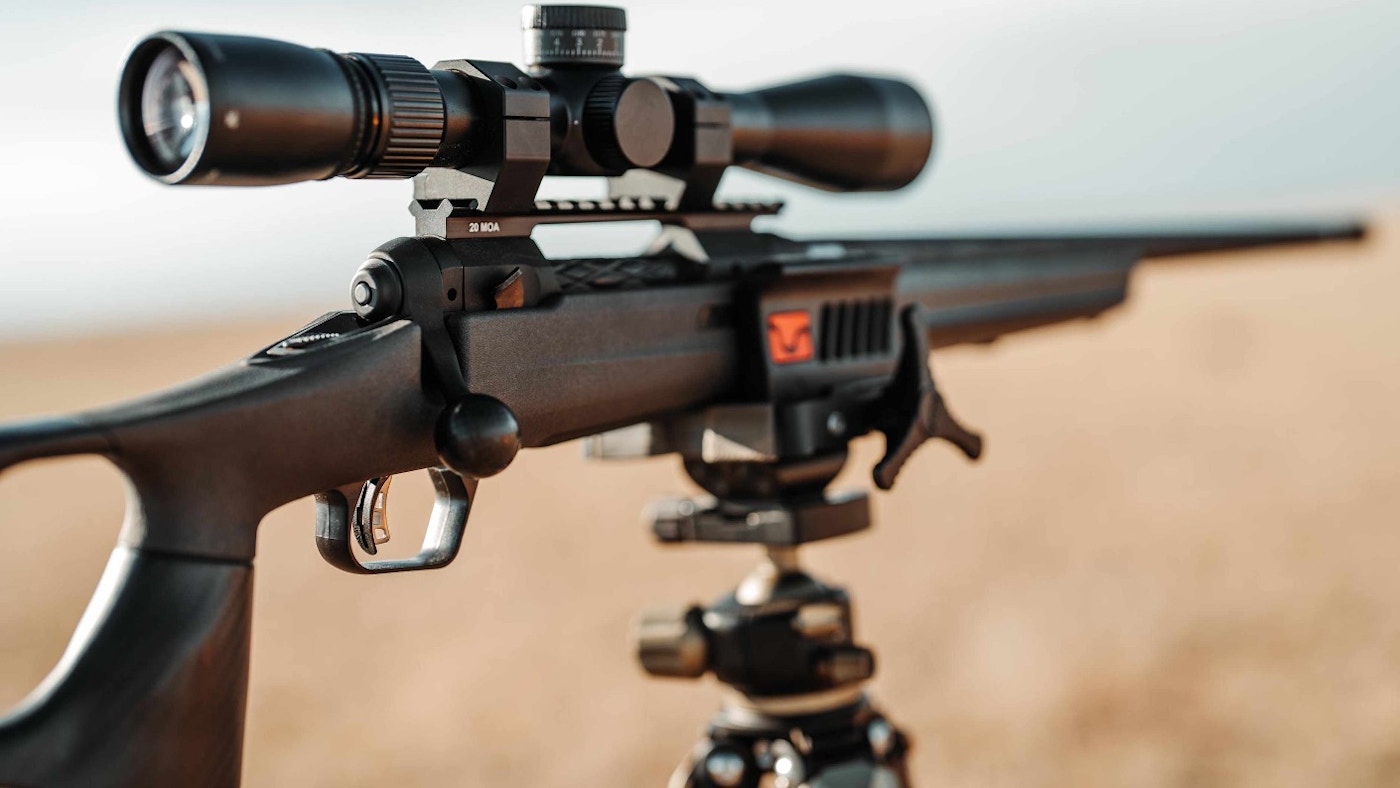Semi-automatic rifles have become a staple in the world of firearms, offering a balance of power, precision, and ease of use. These rifles, which fire one round per trigger pull, have found widespread application in military, law enforcement, and civilian settings. Let’s explore the history, technical aspects, and enduring popularity of semi-automatic rifles.
A Brief History
The development of semi-automatic rifles can be traced back to the late 19th century, with early designs incorporating gas-operated or recoil-operated systems. The Browning Automatic Rifle (BAR), adopted by the United States Army in 1918, is often considered one of the first successful semi-automatic rifles for military use.
The 20th century witnessed a significant proliferation of semi-automatic rifles. The M1 Garand, adopted by the United States Army during World War II, became an iconic symbol of American military power. The AK-47, designed by Mikhail Kalashnikov and adopted by the Soviet Union, gained global recognition for its reliability and simplicity.
In recent decades, semi-automatic rifles have continued to evolve, with advancements in materials, manufacturing techniques, and ergonomics. Modern semi-automatic rifles often incorporate features such as modularity, precision, and lightweight construction.
Technical Aspects
Semi-automatic rifles operate on a variety of mechanisms, including:
- Gas-operated: These rifles use the pressure from the fired cartridge to cycle the action and load the next round.
- Recoil-operated: These rifles use the recoil of the fired cartridge to cycle the action.
- Blowback: These rifles use the force of the ejected cartridge to cycle the action.
Key components of a semi-automatic rifle include:
- Receiver: The housing that encloses the action and other internal components.
- Barrel: The tube through which the bullet travels.
- Bolt: The mechanism that controls the loading, firing, and ejection of cartridges.
- Stock: The wooden or synthetic component that provides support and stability.
- Trigger: The mechanism that releases the firing pin when pressed.
Types of Semi-Automatic Rifles
Semi-automatic rifles come in various configurations to suit different purposes. Some common types include:
- Assault rifles: Designed for military and law enforcement use, typically chambered in intermediate cartridges and featuring features such as modularity and lightweight construction.
- Carbine rifles: Shorter-barreled versions of assault rifles, often used for close-quarters combat or home defense.
- Battle rifles: Larger-caliber rifles designed for long-range shooting and heavier applications.
- Sporting rifles: Semi-automatic rifles adapted for hunting, target shooting, or recreational use.
Advantages of Semi-Automatic Rifles
Semi-automatic rifles offer several advantages that have contributed to their widespread popularity:
- Ease of use: The semi-automatic action allows for rapid and efficient firing, making it easier for shooters of all skill levels.
- Power: Semi-automatic rifles can chamber powerful cartridges, providing significant stopping power.
- Precision: Many semi-automatic rifles are capable of delivering high levels of accuracy, making them suitable for a variety of applications.
- Versatility: Semi-automatic rifles can be customized to meet the needs of different users, with options for different barrels, stocks, and accessories.
Enduring Popularity
Semi-automatic rifles continue to be a popular and sought-after choice among firearms enthusiasts. Their versatility, power, and ease of use have made them a staple in the world of firearms. As technology continues to advance, we can expect to see further innovations and advancements in semi-automatic rifle design.



